Everything you need to know about cooking with coffee…how it’s made, variations, ways to cook with it, nutrition information, and more!
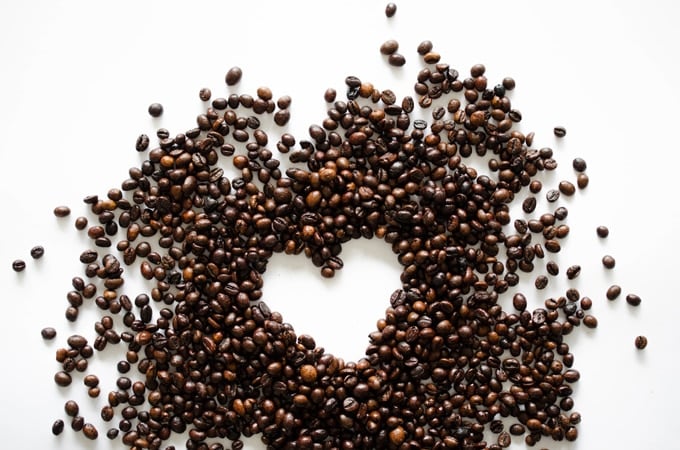
Guys are you ready for this? The next two weeks are all about coffee! I’m not sure if it’s just the excitement or maybe the few cups I just drank in the name of research for this post, but I am READY TO COOK! But first, here’s everything you need to know about coffee, with a quick little video to start ya off.
What is coffee?
The coffee we know and love is actually the seed of a cherry-like fruit. The seed is whitish/greenish when it comes out of the fruit. It’s dried, hulled (the outer layers are removed), polished, and shipped as “green coffee”.
The seeds are then roasted, which turns them brown and releases a fragrant oil called caffeol. This process brings out all the flavors we know and love! The beans are then ground and brewed to create perfect little cups of sunshine.

Variations of coffee
When it comes to commercial coffee, there are two main types of coffee.
Coffee Arabica: These coffee trees are descendant from the original Ethiopian coffee trees. While this variety constitutes 70% of the world’s coffee, it is also more expensive. The trees like to grow on steep terrain and are more prone to disease, both of which hike up the price. The taste has a mildly sweet, soft, fruitiness.
Coffee Robusta (or Canephora): This variety is grown in Central Africa and Southeast Asia, though it only makes up 30% of worldwide coffee production. With strong, almost-grainy, and, well, robust flavors, the taste is distinct from the softer Arabica beans. But with twice as much caffeine as Arabica, somedays you just need a big cup of robusta.
And there are a few different roast types that have a huge impact on flavor.
- Light Roasts: These are roasted for the least amount of time and the caffeol oil hasn’t had time to reach the surface of the bean, meaning they’re lighter, more mild, and less shiny. These have the highest concentrations of caffeine.
- Medium Roasts: With a brown color and bittersweet taste, this roast is most often preferred in the U.S.
- Dark Roasts: These are dark brown to black and shiny, with a deep flavor. This is great for classic cold brew or carbonated cold brew!
And in case you’re wondering, in order from lightest to darkest it goes French Roast (medium dark), Italian Roast (even more medium dark), Spanish Roast (dark).
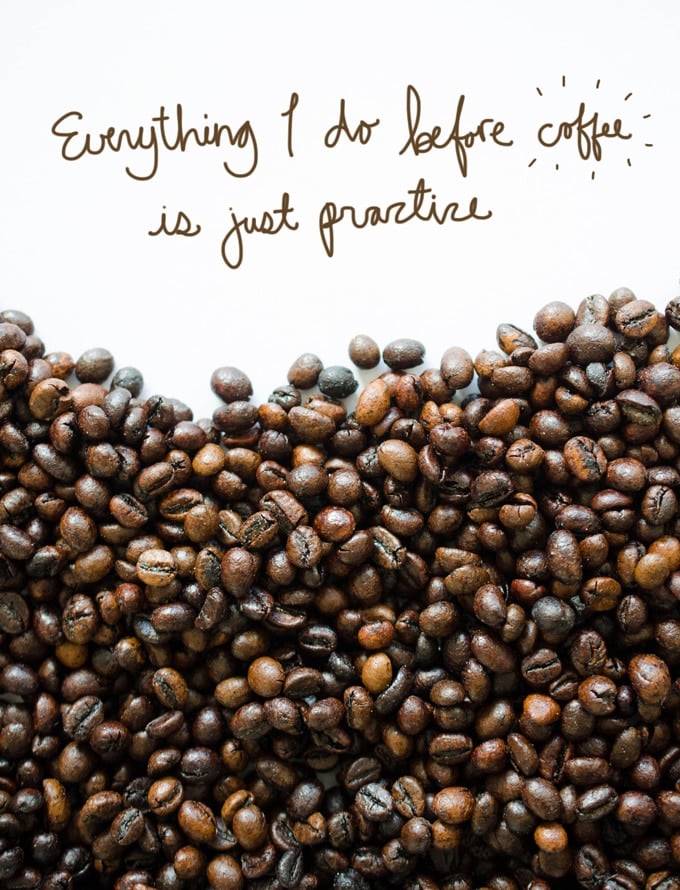
How to select the best coffee
Whole or ground? Coffee loses its flavor and oomph fast after being ground. Try to buy whole beans and grind them yourself.
How old is it? Similarly, coffee loses flavor more quickly after being roasted. Look for a “roasted on” date that’s within a few weeks of you brewing it. You’ll have better luck finding these dates (or people knowledgeable about them) at local coffee shops rather than big grocery stores.
Who made it? Look for indication of who grew and who roasted the beans on the packaging. Chances are, if the roasters know and care enough to share this with you, it’s probably good.
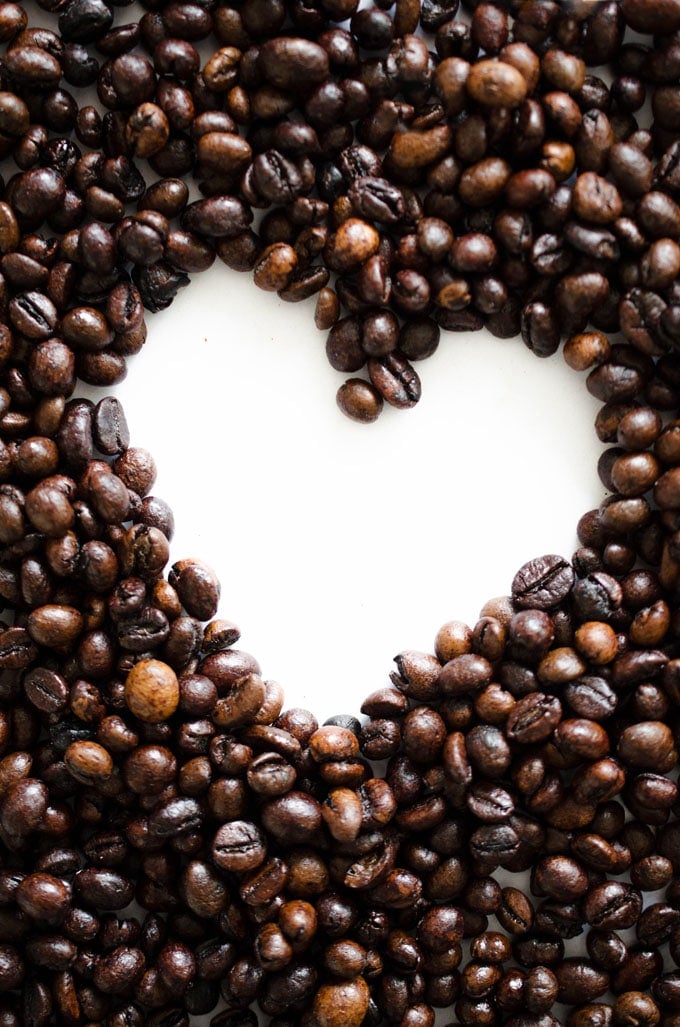
Nutrition information for coffee
per 1 cup coffee (237 mL)
- Calories: 2
- Carbohydrates: 0 g
- Protein: 0 g
- Fat: 0 g
- 11% Daily Value (DV) of Riboflavin (Vitamin B2): A water-soluble vitamin that acts as a component of FAD to help your body break down macronutrients in the electron transport chain, creating usable energy.
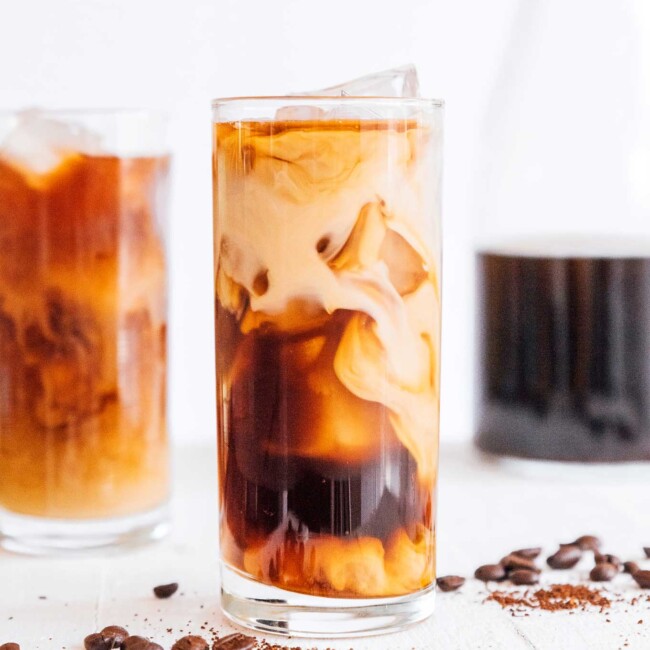
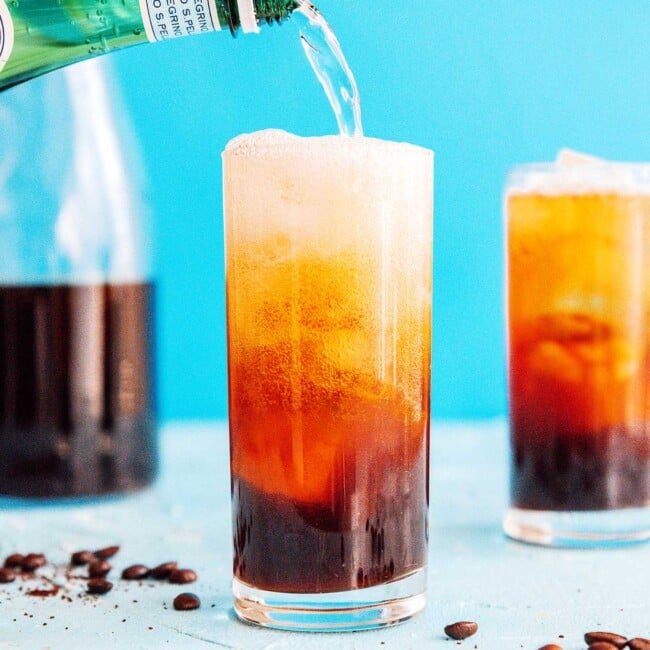
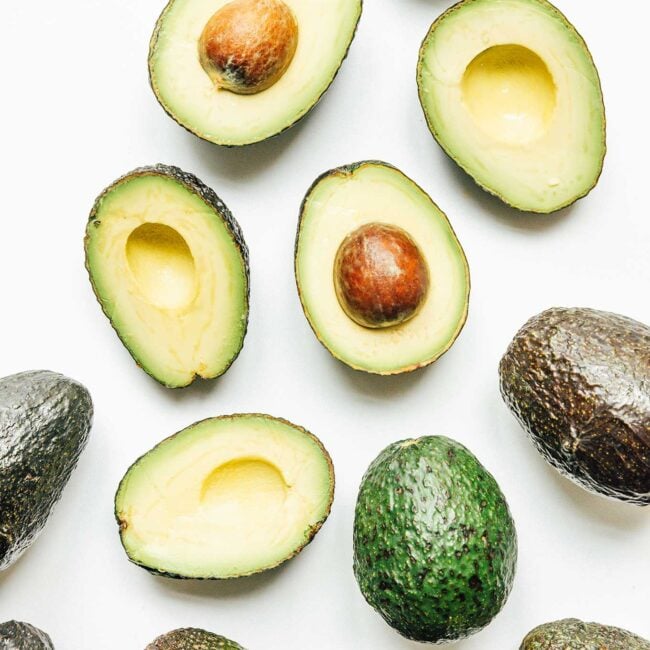
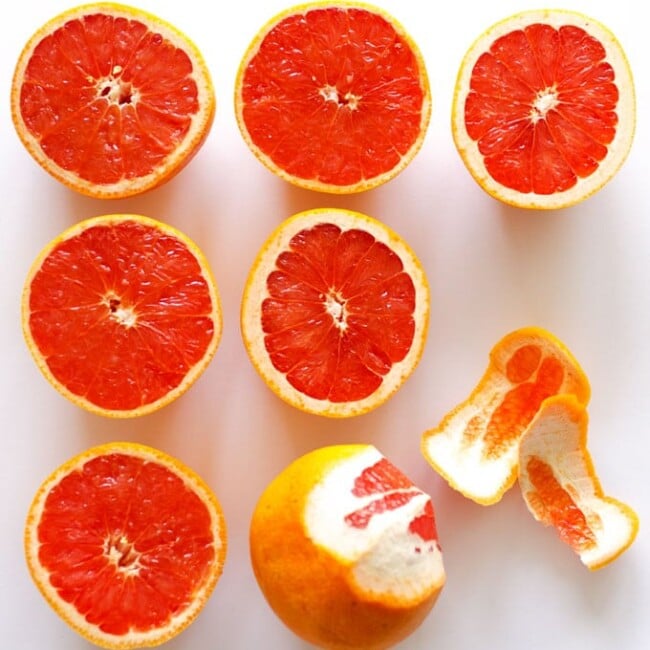
Willow says
I just recently tried cold brewing coffee. I am so glad I did, because I get heart burn if I drink it daily. With cold brewed I don’t because it is less acidic.
Jasmin Saunders says
I LOVE coffee. I cannot function without my morning cup of coffee everyday. I’m not even human without it 🙂
Lisa says
mmmm…..delicious. Love the pictures. I discovered blonde roasts last year, and they are by far my favorite for caffine content and flavor!
Ilaria Pellini says
I love italian Ground Coffee